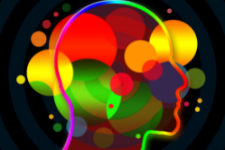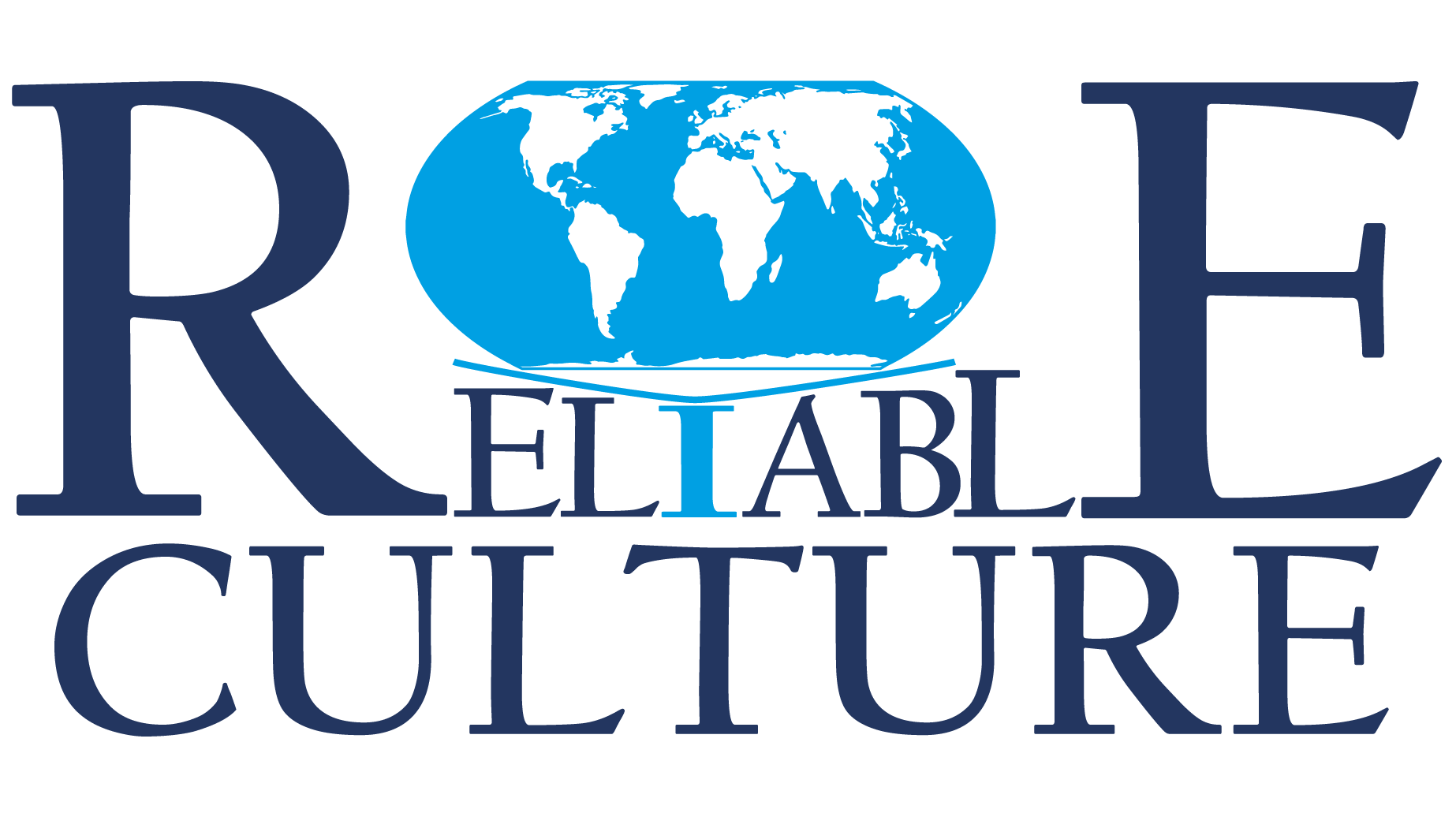
Like many concepts from human psychology, the concept of Empathy gets lost sometimes in partial interpretations of strong personalities biased by their views of the world or by their purposes.
As simply captured by the Oxford dictionary, Empathy is “the ability to understand and share the feelings of another”. I will emphasize “feelings” because the most common mistake professionals in this field make is explaining the fact that Empathy might be understanding only the suffering of another person, which is partial and it is not constructive. Having high Empathy enables one to understand and (maybe) share many of the feelings one person different from themselves experience, including joy, excitement, happiness, and so on. Having high Empathy can allow a good professional to understand the feelings of other humans regardless of their backgrounds, their educations, their current situations in their socio-economical and political environment, and especially coming from other groups than the Coach. Empathy across groups, or across cultures is much more complex because culture works as such that it shapes in our minds the reality around us, to be constantly recognized and reinforced (unfortunately not always in a constructive manner), so another big obstacle needs to be overcome in order to develop Empathy across cultures.
One mistake I’ve heard several times when the professional was combining two vague concepts like Culture and Empathy was trying to correlate the level of Empathy with a particular cultural dimension from a particular model, like Collectivism and Individualism, implying the fact that people from Collectivistic cultures might be more Empathic than the ones from Individualistic cultures. This is a wrong statement which leads to even more confusion. This is mainly caused by being confused about what Empathy is and how Culture works. To clear out some of the confusion, I’ll connect further the two concepts: somebody from an Individualistic culture might understand the feelings of other humans, from many groups and cultures, but may decide to act in a way that is constructive for everyone on the long run and these actions might not be recognized by the ones in need as being “helpful” on the moment; another individual from an individualistic culture might even act in a way only useful to them individually (they might be Empathic but also Egoistic). On the other hand, someone from a Collectivistic culture might understand in a very limited way the spectrum of feelings and the reasons behind these feelings, but decide to devote a big part of their energy in helping others from their own group or from accepted groups, even to their individual detriment, because this is what they recognize as being acceptable by their cultures. In this second case, the Cultural programming overlapped with the partial understanding of what Empathy is, and hence created an unuseful connection between the two vague concepts. Empathy is not connected to what we believe to be true, good, or desirable; Culture explains all of these. Empathy is connected to our capacities to understand what other humans feel and why they act the way they do, including humans that are in extreme cases. Of course, the more Empathy we have, the more we can take others into account in our wishes from how the external world should evolve, but failing to have Empathy towards some very powerful humans and their intentions will disable any positive action towards others from our side at our levels of impact.
Another aspect worthy to be explored is the connection between Empathy, Sympathy, Boundary, Victim thinking, Naivety, Altruism, and Wisdom. One can be very Empathic and understand the depth of the feelings of other humans, and with a very healthy Boundary decide to devote only the amount of energy that would both be helpful to the person in need, and not drain themselves. This is the case of a very good Coach or Therapist. On the other hand, one can be less Empathic, but feel Sympathy towards the suffering of others (either because of their personal background, their personalities, their cultural programming, or a combination of all of these) and be drawn in devoting their time and energy beyond what is healthy for them, ultimately triggering them to feel like victims, or feel resentment towards the ones they perceive they are helping. In these cases, working on the Boundary might be useful together with working on understanding what is inside of them that draws them to take such actions. In some cases, these very well-intended people end up feeling Naïve because they misread the suffering of others and devoted part of their resources, only to find out that they themselves were in a much worse shape overall, and from the interaction, all they got was a lesson on wisdom. Altruism has a slightly different connotation than victim thinking because it implies that the person takes the actions very consciously. It is always interesting to understand the reasons behind this altruism and whether it is indeed the mission of that person in life (like for example Mother Teresa’s life) or this Altruism is a form of masochism that will end up generating resentment towards the ones that are being helped. Last but not least, we come to connecting Empathy with Wisdom. By understanding Empathy fully, and not just the suffering of others, but also the joy of others, the reasons for their positive feelings, the reasons for their happiness, and by understanding that Culture shapes our expectations from how the outside world should function, we can take action towards a more constructive environment on the long run. Developing Wisdom to go together with a high level of Empathy is the most constructive, rational action, but it will require understanding ourselves, understanding our boundaries with the external world, and understanding the different external environments (or cultures) in which we are operating or with which we are interacting.
In a nut-shell, increasing our levels of Empathy can achieve the following for us:
- it can allow us to be more peaceful around our toddlers and children in all of their unreasonable requests and their “unacceptable” behaviors.
- it can allow us to feel more connected with our spouses in all of their positive and less positive moments.
- it can allow us to understand our employees, our colleagues, and our bosses, and give us insights into whether we are working in a toxic environment in a naive manner, or we are the ones that are too shrewd for that organizational culture.
- it can allow us to understand why sometimes what we read in the media has such a negative impact on us, and what would be the purpose of that article and of that media outlet, what would be the purpose of the owner of that media outlet, and what would be the purpose of the politicians elected to represent us (beyond the traditional general feeling about politicians).
- it can allow us to understand the wishes and behaviors of humans coming from other groups or from other cultures with whom we have to learn to “live together”. The majority of humans don’t experience joy as often as they should, hence, on top of that, asking them to grant more freedoms to humans from other groups on the perceived possibility that it will be against them will be less likely to be welcomed.
- by increasing our levels of Empathy we can understand why Inclusion is always the more constructive option. However, by not understanding how Empathy works, we will dismiss the reasons for which some (powerful) individuals will turn to be “politically correct” and drive a pseudo-Inclusion for the fear of losing their own advantages.
There are several practical immediate ways to use Empathy, Culture and Inclusion in a constructive professional manner:
- At a societal level, you can understand the various groups forming your society, on the relevant Axes of Diversity. You can understand the interactions between them, and drive policies that are more Inclusive without forcing people to hide under being “politically correct”. Such a service you can find here: Using Diversity and Driving Inclusion.
- At an organizational level, you can evaluate whether your organization is using all of its departments and all of its professionals in an aligned manner towards achieving its goals, or there are unnecessary frictions between people that drain the Organization’s energy. Here are two services: Organizational Diagnosis and Transformation.
- Also at an organizational level, you can prepare your professionals to work across cultures, if that is the case.
- At an individual level, you can take a few Active Support sessions to understand yourself better, to understand your Boundary, to understand your purpose versus where the environment draws you towards to, and as well to understand how you interact with the ones around you at home or at work. For this particular 4th point, you can create your own price, and based on your story (kindly, share briefly what is it that you’re looking for to solve with these Active Support sessions) I might assign one of the time slots I have available for Individual Active Support. The only constraint here is my time limitation.
- If you are a trainer or Coach and would like to apply some concepts from Human Psychology in a more focused and precise manner, reach out and we’ll create a service to help you as well.

0 Comments